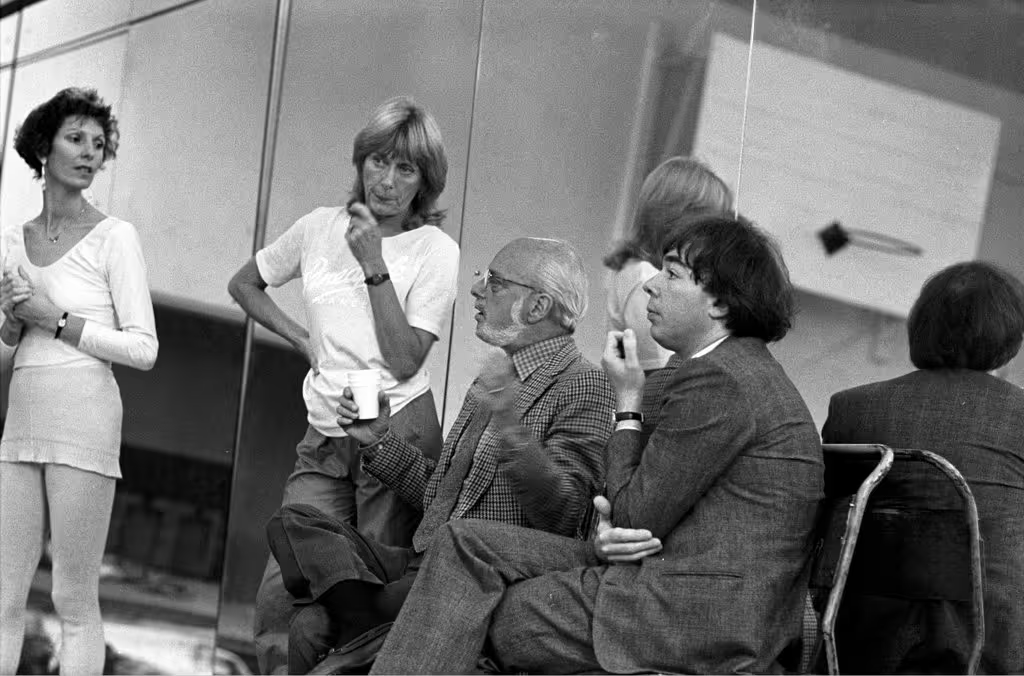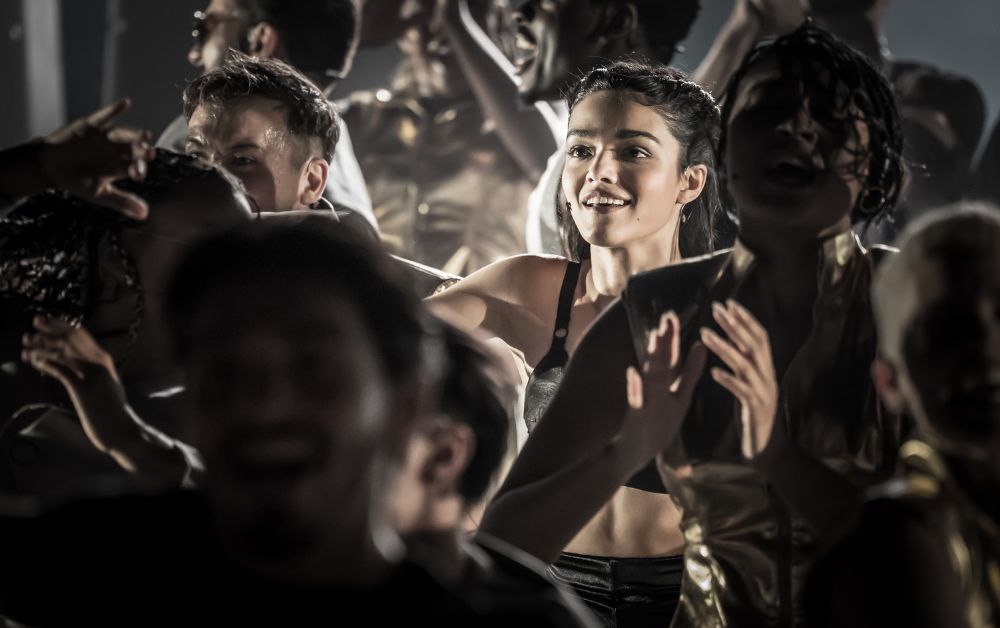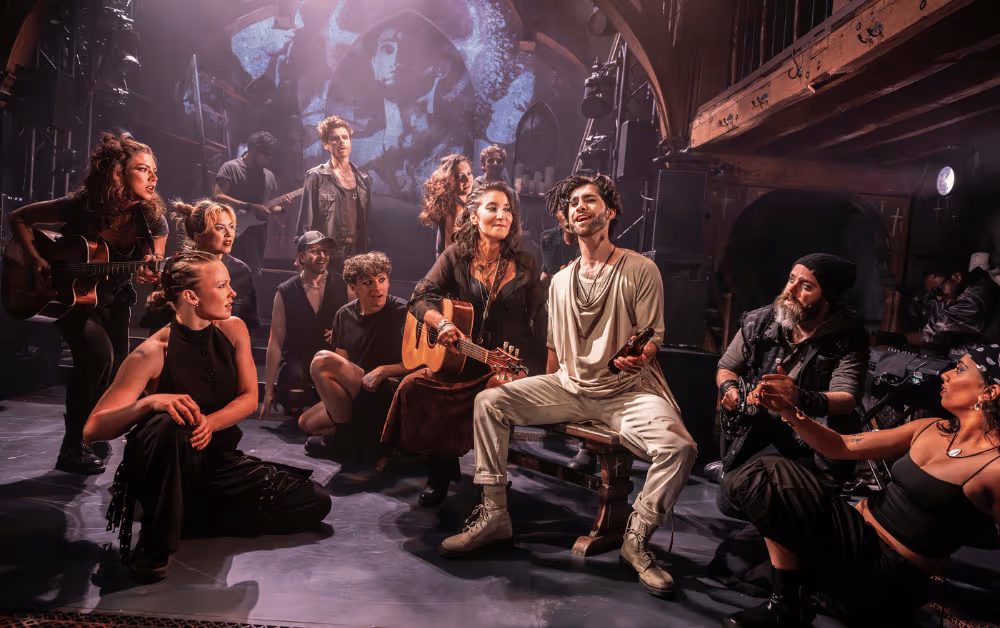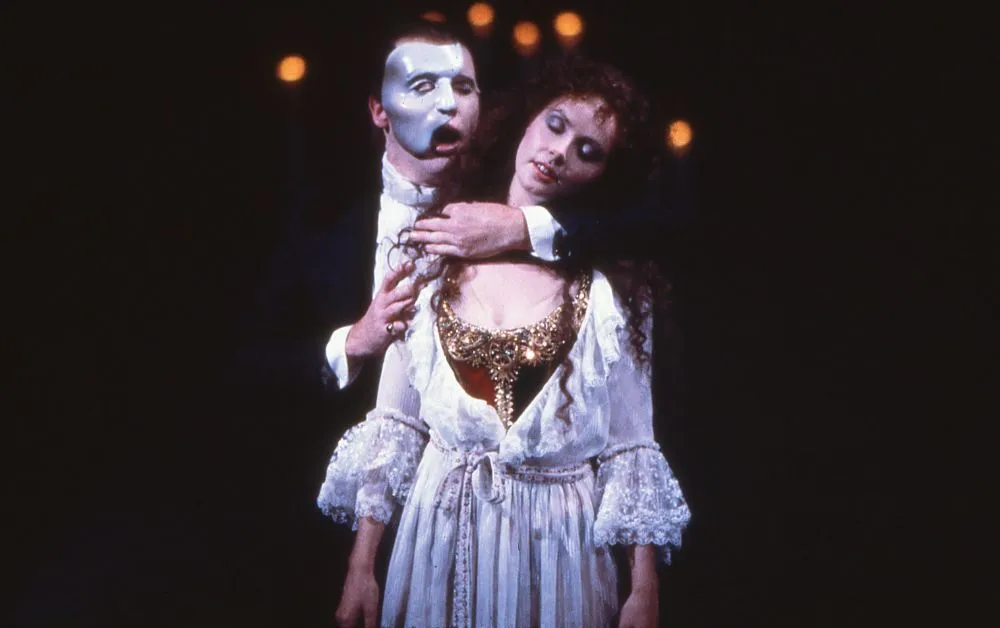Every classic has its origin story. Given its iconic status worldwide, it’s easy to forget that even The Phantom of the Opera began as the seed of an idea.
Perhaps you didn’t know that the original Phantom took the form of a novel. Indeed, the Phantom had been roaming the subterranean layers of the cultural milieu for seventy years before Andrew Lloyd Webber happened upon his story, but it was the 1986 musical that placed The Phantom of the Opera firmly in the spotlight. Here’s how ALW brought Phantom to life…
Le Fantôme de l'Opéra
Before it became the musical phenomenon we know today, The Phantom of the Opera (or Le Fantôme de l'Opéra) was a 1910 novel written by French author and journalist Gaston Leroux. A Conan Doyle and Poe enthusiast with a penchant for the macabre, Leroux set his novel in The Paris Opera House. The real-life Palais Garnier was rumoured to be haunted by a ghost; during an 1896 performance, a chandelier counterweight crashed through the ceiling due to a fire, killing one. The tragic event, along with whispers of an underground reservoir beneath the building, served as the inspiration for Leroux’s haunted opera house.

ALW’s epiphany
Fast forward over seventy years from Leroux’s Phantom (and several film adaptations later) to London 1984. Off the back of the success of Cats and Starlight Express, Andrew Lloyd Webber wanted to try something new. Lloyd Webber and his CATS co-producer Cameron Mackintosh approached Ken Hill with the idea of adapting his musical version Phantom into a Rocky Horror-esque show. However, Lloyd Webber and Mackintosh’s dream of making a camp musical remained but a fantasy until, finding himself at a loose end one day in New York, Lloyd Webber wandered past a second-hand book stall and discovered a battered copy of Leroux’s novel. Lloyd Webber read the entire book that same afternoon and, in his own words, “had an epiphany”...

Isn’t it romantic?
Given how iconic Phantom’s love story is, you might be surprised to learn that the original novel was more of a mystery than a romance! However, Lloyd Webber knew that, in order to create a show compelling enough for the stage, he would need to make some important changes. Crucially, he removed the unnamed detective narrator and instead centered the story around Christine Daaé, the young soprano, and her complex love triangle with the masked Phantom and her childhood sweetheart, Raoul, Vicomte de Chagny.

Good company
Lloyd Webber had the seed for his idea, now he needed a team to bring it to life. Of course, he would compose the piece, as well as co-produce it with Mackintosh. As for the lyrics, the pair initially had Jim Steinman in mind (and, if his gothic hits Bat Out Of Hell or Total Eclipse of the Heart are anything to go by, we can see why!) When Steinman declined due to other commitments, Alan Jay Lerner worked on the project for a short time, before becoming terminally ill and sadly passing away. Richard Stilgoe then took a stab at writing the original lyrics for the show, but these were ultimately rewritten by a young unknown, Charles Hart. Gillian Lynne, the associate director and choreographer of CATS came on once again as AD, with costume and set design by the esteemed Maria Björnson. And the director? Harold ‘Hal’ Price (Evita), raised his hand to helm the piece as soon as he heard the score of Act 1!

Taking the lead
With the creative team assembled, there was only the rather important matter of casting the Phantom and Christine! For Daaé, the choice was an easy one. Lloyd Webber had his then-wife, the brilliant soprano Sarah Brightman, in mind. Brightman played Christine from the very first performance of Phantom at the 1985 Sydmonton Festival, and remained in the role when the show opened in the West End in 1986, and later on Broadway in 1988. Opposite Brightman as the Phantom was Michael Crawford. Known primarily for his comedic roles at the time, Crawford was an unlikely choice. However, having been deeply moved by his performance in Flowers for Algernon, Lloyd Webber had a hunch about Crawford’s ability to play the tortured and tender aspects of the Phantom’s character, a hunch which turned out to be absolutely right.

Flock to the theatre
The rehearsal process for Phantom didn’t come without its challenges. One particular mishap, prompted by Hal Prince’s idea of introducing real pigeons into the production, ended exactly as expected! Not only that, but in the dress rehearsal less than a month before opening, the chandelier got stuck. However, neither unruly birds nor disastrous mechanics stopped The Phantom of the Opera from becoming an overnight success. Following opening night on 9 October 1986 at Her (now His) Majesty’s Theatre in London, critic Irving Wardle called Phantom “God’s gift to musical theatre,” and John Blake urged audiences “If you only see one show this year, make sure it is this one!”
Almost forty years later, the show continues to play at His Majesty’s Theatre on the West End, was Broadway’s longest-running show and has captured the hearts of over 160 million people worldwide. Lloyd Webber himself describes it as: “that rare moment in musical theatre when the planets Casting, Book, Music, Lyrics, Direction, Choreography and Design align to produce the kind of hit you see once in a generation”. From the seed of an idea, The Phantom of the Opera became the definitive 1980s megamusical, its enduring appeal continuing to resonate with audiences across the globe today.

This was a Box Five Club Exclusive
Members of The Box Five Club had access to this story before anybody else.
By signing up, you’ll be among the first to receive exclusive content, special announcements, and behind-the-scenes updates, delivered straight to your inbox, as well as gaining access to the exclusive Box Five store. Join now and stay connected to all things Andrew Lloyd Webber!


Opera Australia announces its exceptional trio for Phantom of the Opera at Handa Opera on Sydney Harbour

Opera Australia announces its exceptional trio for Phantom of the Opera at Handa Opera on Sydney Harbour
Opera Australia announces its exceptional trio for Phantom of the Opera at Handa Opera on Sydney Harbour
Opera Australia announces its exceptional trio for Phantom of the Opera at Handa Opera on Sydney Harbour


Andrew Lloyd Webber’s Evita Receives Nine Nominations For The 26th WhatsOnStage Awards

Andrew Lloyd Webber’s Evita Receives Nine Nominations For The 26th WhatsOnStage Awards
Andrew Lloyd Webber’s Evita Receives Nine Nominations For The 26th WhatsOnStage Awards
Andrew Lloyd Webber’s Evita Receives Nine Nominations For The 26th WhatsOnStage Awards


Jesus Christ Superstar at the Watermill Theatre Nominated for Three WhatsOnStage Awards

Jesus Christ Superstar at the Watermill Theatre Nominated for Three WhatsOnStage Awards
Jesus Christ Superstar at the Watermill Theatre Nominated for Three WhatsOnStage Awards
Jesus Christ Superstar at the Watermill Theatre Nominated for Three WhatsOnStage Awards
%20(1).png)

Andrew Lloyd Webber Celebrates BRIT School's Phantom Production

Andrew Lloyd Webber Celebrates BRIT School's Phantom Production
Andrew Lloyd Webber Celebrates BRIT School's Phantom Production
Andrew Lloyd Webber Celebrates BRIT School's Phantom Production
.avif)

Twenty Five of Our Favourite Moments from 2025

Twenty Five of Our Favourite Moments from 2025
Twenty Five of Our Favourite Moments from 2025
Twenty Five of Our Favourite Moments from 2025


A First Look at New Production Photos from the Phantom of the Opera North American Tour















